F. V. Nelwamondo
Relationship between Diversity and Perfomance of Multiple Classifiers for Decision Support
Oct 21, 2008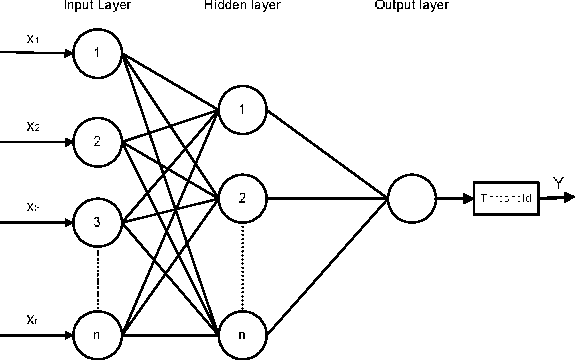
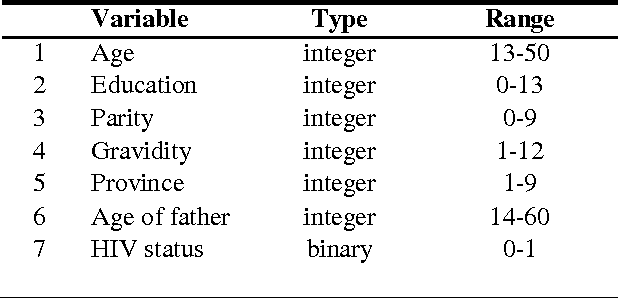
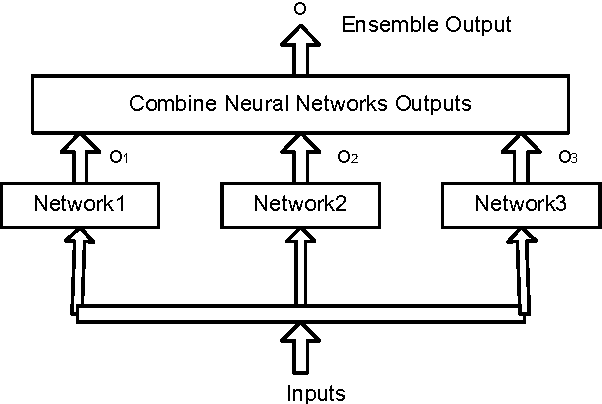
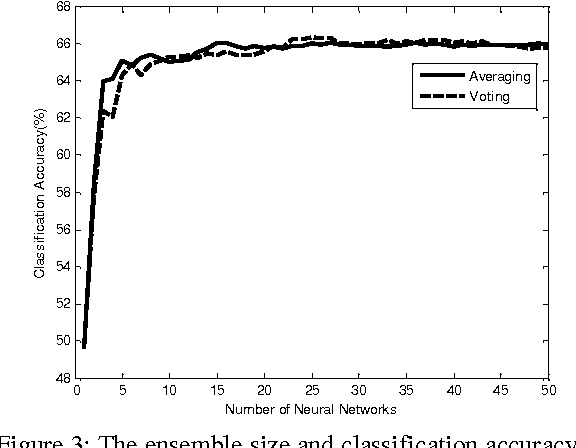
Abstract:The paper presents the investigation and implementation of the relationship between diversity and the performance of multiple classifiers on classification accuracy. The study is critical as to build classifiers that are strong and can generalize better. The parameters of the neural network within the committee were varied to induce diversity; hence structural diversity is the focus for this study. The hidden nodes and the activation function are the parameters that were varied. The diversity measures that were adopted from ecology such as Shannon and Simpson were used to quantify diversity. Genetic algorithm is used to find the optimal ensemble by using the accuracy as the cost function. The results observed shows that there is a relationship between structural diversity and accuracy. It is observed that the classification accuracy of an ensemble increases as the diversity increases. There was an increase of 3%-6% in the classification accuracy.
Fuzzy Artmap and Neural Network Approach to Online Processing of Inputs with Missing Values
May 08, 2007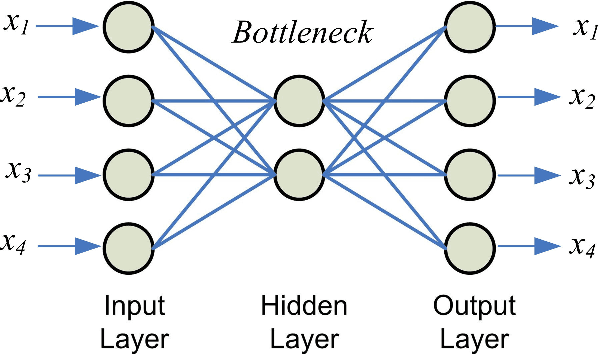


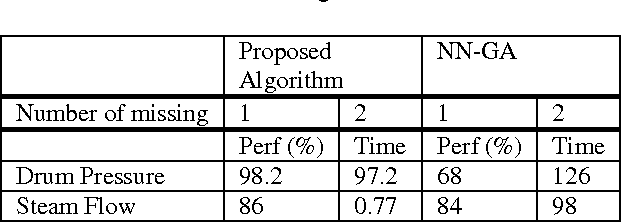
Abstract:An ensemble based approach for dealing with missing data, without predicting or imputing the missing values is proposed. This technique is suitable for online operations of neural networks and as a result, is used for online condition monitoring. The proposed technique is tested in both classification and regression problems. An ensemble of Fuzzy-ARTMAPs is used for classification whereas an ensemble of multi-layer perceptrons is used for the regression problem. Results obtained using this ensemble-based technique are compared to those obtained using a combination of auto-associative neural networks and genetic algorithms and findings show that this method can perform up to 9% better in regression problems. Another advantage of the proposed technique is that it eliminates the need for finding the best estimate of the data, and hence, saves time.
 Add to Chrome
Add to Chrome Add to Firefox
Add to Firefox Add to Edge
Add to Edge